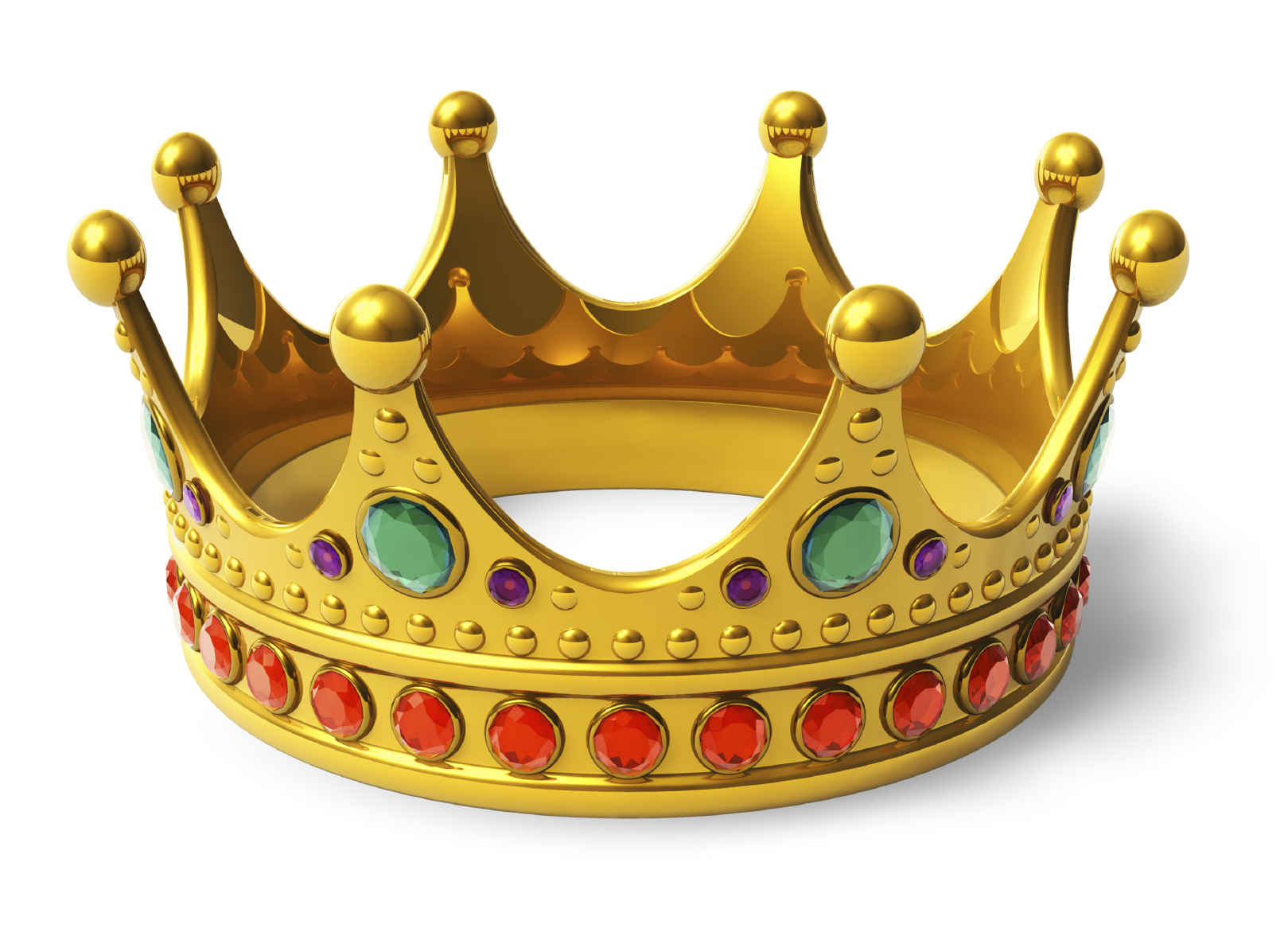King of kings and Lord of lords
This is the 16th in a series of excerpts from What Every Christian Should Know About the Return of Jesus, released by High Street Press and available at Amazon.com.

John’s vision of the returning Christ in Revelation 19:11-16 reveals marvelous truths about the Lord’s conquest of sin and his restoration of righteousness. John captures many details that show how Christ’s glorious return sets in motion his final battle with sin, thus paving the way for a restored Eden. We examine a few of these features in this column and the next one.
1. Jesus rides a white horse from heaven.
This is in stark contrast to Jesus’ triumphal entry into Jerusalem, in which the Son of Man rides a borrowed donkey. A horse is used for war; a donkey, for peace. A horse is a symbol of conquest; a donkey, a vehicle of humility.
Jesus comes humbly the first time as the Suffering Servant, but he rides with the clouds of heaven victoriously as the conquering king in his return to earth. This illustrates that Jesus has won complete victory over Satan, sin, and death. The pristine Garden of Eden is about to be restored as the last Adam regains what the first Adam lost – dominion over the earth, and immortality.
2. Jesus is called “Faithful and True.”
The Lord is not merely a proclaimer of faithfulness and truthfulness, or even an exemplar of these qualities. Rather, he is divine faithfulness and truth incarnate.
Despite the names Jesus’ opponents call him – a demon-possessed Samaritan (John 8:48), a blasphemer (Matt. 26:65), and an illegitimate child (John 8:41), to name a few – he is “the way, the truth, and the life” (John 14:6). He has promised to return, and now he proves once again that he keeps his word. Eden wilts under the corruption of sin. The new Eden blooms with life-giving truth.
3. With justice, Jesus judges and makes war.
Since Adam’s fall, mankind has rushed to judgment and war, but rarely with justice in mind. Adam and Eve are quick to pass the buck when God questions them about their disobedience. Their firstborn son, Cain, murders his brother, and human history launches into a descending spiral of violence from that point forward.
But when Christ returns, he wages a perfectly just war. The Son of God is neither weak nor aloof. His holiness demands justice. His sovereignty commands warfare against the ungodly who seek to usurp his throne. At his triumphant return, he wages a solitary war – the angels and saints who accompany him are but observers – destroying all who stand on the wrong side of divine justice.
4. Jesus’ eyes are like a fiery flame, and he wears many crowns.
The blazing eyes of Jesus describe his piercing holiness, as well as his omniscience. In John’s vision of the risen Lord in Revelation 1:13-14, he sees “one like the Son of Man” with “eyes like a fiery flame.” And in the opening lines of the letter to the church at Thyatira, Jesus describes himself as “the one whose eyes are like a fiery flame” (Rev. 2:18).
Jesus also wears many crowns. These crowns are not stephanoi, or garlands of victory, such as those placed on the heads of athletes, but diadema, or royal crowns fit for the King of kings.
The seven diadems on the seven heads of the dragon (Rev. 12:3), and the ten diadems on the ten horns of the beast from the sea (Rev. 13:1), are usurpers’ crowns. The wearers of these crowns claim authority to which only Christ is entitled. Here, Jesus wears the “many crowns” as radiant proof that he alone possesses all authority in heaven and on earth (Matt. 28:18).
5. Jesus has a name written that no one knows except himself.
When Adam falls, his banishment from Eden severs mankind’s face-to-face fellowship with God. As such, much of what could be known of God is hidden from Adam – and from us.
In a letter to the church at Pergamum, Jesus promises the victor a white stone inscribed with a new name that no one knows except the one who receives it (Rev. 2:17). In the fulfillment of this pledge, disciples are made like our Lord. His own name is to become ours.
One day, we will know what Adam could have known about God – not just intellectually, but experientially. As John writes, “Dear friends, we are God’s children now, and what we will be has not yet been revealed. We know that when he appears, we will be like him because we will see him as he is” (1 John 3:2-3).
6. He wears a robe dipped in blood. There is considerable disagreement among Bible commentators as to whose blood stains the robe of Jesus. Is it Jesus’ own blood? The blood of the martyrs? Or is it the blood of the wicked who oppose Christ at his return? Could it be all of these?
Perhaps it’s best to see the blood-stained robe as both prophetically fulfilled and anticipatory. In Isaiah 63, the blood is not Messiah’s own, but the blood of his foes – a foretelling of what occurs in Revelation 19:15-21. In other words, Isaiah predicts what is about to happen to Jesus’ enemies at his return.
At the same time, the blood on Jesus’ robe could be his own – a reminder of his shed blood at Calvary, even for the sake of the ungodly who trample on it. That blood symbolizes Christ’s victory over Satan, sin, and death, and his authority to rule with a rod of iron. The blood of Jesus is redemptive; the blood of his enemies is retributive.
We’ll explore more observations about the returning Christ in the next column.
Next: His name is called the Word of God
